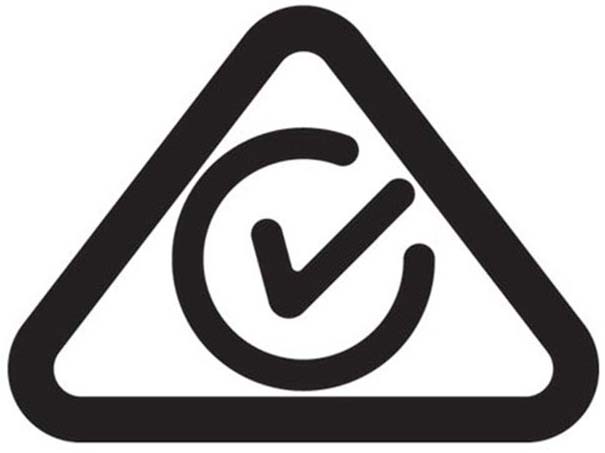Australia Testing certification introduction
Details
Standards Australia International Limited (formerly SAA, Standards Association of Australia) is Australia's standard-setting body. No product certification certificates can be issued. Many companies are used to the Australian electrical product certification called SAA certification.
Australia and New Zealand have unified certification and mutual recognition. Electrical products entering Australia and New Zealand must meet their national standards and be certified for product safety by an accredited body. At present, the Australian EPCS is one of the issuing authorities.

ACMA Introduction
In Australia, electromagnetic compatibility, radio communication and telecommunications are monitored by the Australian Communications and Media Authority (ACMA), where the C-Tick certification applies to electromagnetic compatibility and radio equipment, and the A-Tick certification applies to telecommunications equipment. Note: C-Tick only requires EMC interference.
C-Tick Description
For electrical and electronic products entering Australia and New Zealand, in addition to the safety mark, there should also be an EMC mark, that is, a C-tick mark. The purpose is to protect the resources of the radio communication band, C-Tick only has mandatory requirements for the testing of EMI interference parts and RF RF parameters, so it can be self-declared by the manufacturer/importer. However, before applying for a C-tick label, the test must be carried out according to AS/ NZS CISPR or related standards, and the test report must be endorsed and submitted by the Australian and New Zealand importers. The Australian Communications and Media Authority (ACMA) accepts and issues registration numbers.
A-Tick Description
An A-tick is A certification mark for telecommunications equipment. The following devices are controlled by A-Tick:
● Telephone (including cordless phones and mobile phones with voice transmission via Internet protocol, etc.)
● Modem (including dial-up, ADSL, etc.)
● Answering machine
● Mobile phone
● Mobile phone
● ISDN device
● Telecommunications headphones and their amplifiers
● Cable equipment and cables
In short, devices that can be connected to the telecom network need to apply for an A-Tick.

Introduction to RCM
RCM is a mandatory certification mark. Devices that have obtained safety certificates and meet EMC requirements can be registered with the RCM.
In order to reduce the inconvenience caused by the use of multiple certification marks, the Australian government agency intends to use the RCM mark to replace the relevant certification marks, which will be implemented from March 1, 2013.
The original RCM logo agent has a three-year transition period to log in. All products are required to use the RCM logo from March 1, 2016, and the new RCM Logo must be registered by the actual importer.



















